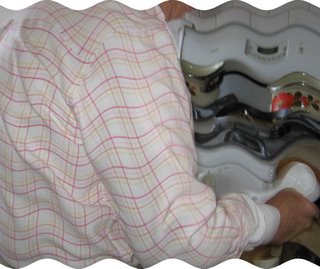I'm wandering around the U.S. and use the time in the car to think of crazy ideas. Several years ago along the southeast coast near the Gulf of Mexico, I saw mile after mile of swamp with cypress trees. As far as I know, the only purposes of the tree are to defend against storm surge and hurricanes, and to use as shredded garden mulch.
I mused at the time that if if the cypress tree could produce marketable timber, harvesting selected trees in the flat water and leaving the rest would be easy and economically viable. So it seemed that all that is necessary is to genetically create a cypress tree with the right characteristics to make it marketable. Plant geneticists should be able to accomplish that, and easily make a sterile new tree species.
On another trip to Texas, I was stung by a fire ant--not a pleasant experience as the injected acid leaves a sore that lasts for a couple of weeks. Yard grass in the south is mostly St. Augustine. What if a similar grass were genetically developed to have roots with a garlic odor? I'll bet that many families with small children playing in the backyard of southern homes would love to have this kind of 'fire ant prevention' garlic grass to eliminate spraying their yard with hazardous chemicals every six to eight weeks.
On the current trip, 'roof grass' would not be genetically derived. Roof grass would be manufactured of multiwall carbon nanotubes and 'planted' on the roof of a house to catch the wind. Baffles on the roof would disturb air currents to create small vortices and other turbulence to keep the 'grass' in constant movement.
As the grass flexes, electricity should be produced because bending the structures creates a charge separation – positive on one side and negative on the other. The connection between bending and charge creation can be used to create nanogenerators that produce measurable electrical currents when the grass is bent and then released. Moreover, solar energy hitting the carbon nanotubes also produces electricity.
Lead storage batteries would be avoided by using the electrical current to run a water electrolysis system and small compressor for the hydrogen fuel that would be produced. Hydrogen fuel is the cleanest energy possible--and very safe for stationary applications, such as for individual houses.
So what would happen if the weather brought hail? No problem--carbon nanotubes are extremely strong and extraordinarily flexible. Their elasticity is so good that nanotubes almost perfectly regain their form when the load is removed. What about lightning? I must admit I don't know the answer to that one! Perhaps the grass also would drain electricity from the storm, but I don't know.
Subscribe to:
Post Comments (Atom)









No comments:
Post a Comment